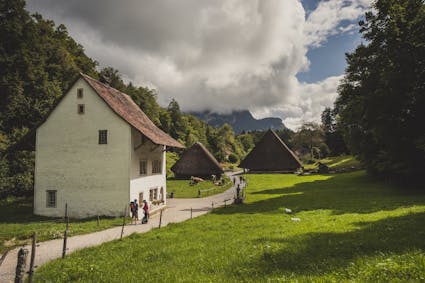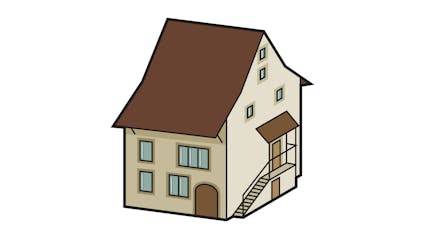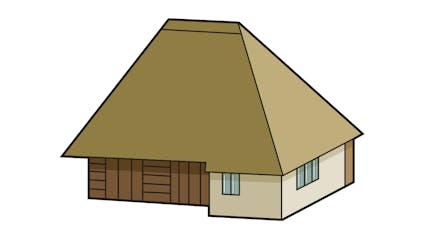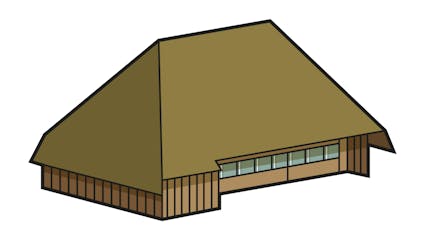Central Midlands
The Swiss Midlands form a green strip 200 kilometres (124 miles) long, stretching from the Lake of Geneva in the southwest to the Lake of Constance in the northeast. The fertile highlands lie 500 to 600 metres (Between 1640 and 1969 feet) above sea level. On the north they are limited by the Jura mountain range and on the south by the chain of the Alps.

Bounteous Green Land
The Swiss Midlands form a green strip 200 kilometres (124 miles) long, stretching from the Lake of Geneva in the southwest to the Lake of Constance in the northeast. The fertile highlands lie 500 to 600 metres (Between 1640 and 1969 feet) above sea level. On the north they are limited by the Jura mountain range and on the south by the chain of the Alps.
Industry and Agriculture
The Central Midlands form the geographical heart of Switzerland and at the same time its modern economic core. The modern cities of Zurich, Lucerne, Berne and others were already important centres in the late Middle Ages. In the 14th and 15th centuries their political and economic strengths combined with the rural centres of the Central Midlands to mould the Swiss Confederation. Even today extensive agriculture complements the industrial belt of the Swiss Midlands.
Mixture of Town and Country
Mixture of Town and Country Canton Argovia, the heart of the Midlands, is represented in the Ballenberg Open-Air Museum by four buildings: the house from Villnachern (211) is an example of a free-standing stone dwelling. The farmhouse from Oberentfelden (221) and the day labourer’s house from Leutwil (231) are older wooden buildings. The last two stand out because of their imposing thatched roofs: until well into the 19th century the straw remaining from the harvest of the large grainfields served not only as a roofing material but also as raw material for various products of a straw industry. The pig sty (222) from the city of Brugg carries a special message. It demonstrates how long farming mentality and (partial) self-sufficiency held on, even in the midst of urban life – until the 20th century.




Ballenberg
Swiss Open-Air Museum
Museumsstrasse 100
CH-3858 Hofstetten bei Brienz
Opening hours
11 April to 27 October 2024
10 am to 5 pm daily